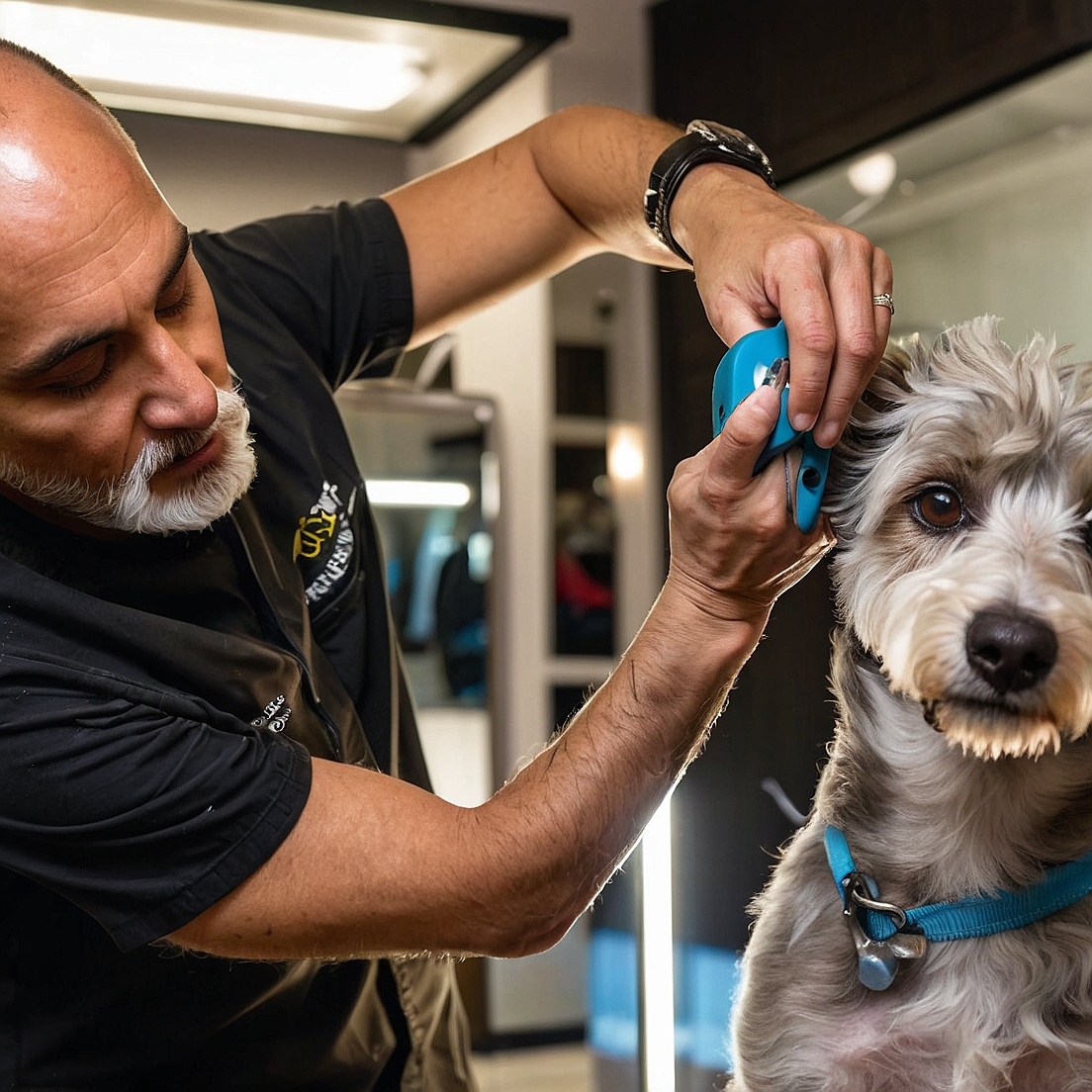As a dog owner, it’s essential to keep your furry friend clean and well-groomed to ensure their health and happiness. Dog grooming involves a range of activities, including brushing, bathing, nail trimming, and hair cutting, among others. To perform these tasks effectively, you’ll need the right equipment. In this article, we’ll explore the various tools and supplies necessary for dog grooming, helping you to provide the best possible care for your canine companion.
Introduction to Dog Grooming
Dog grooming is a vital aspect of dog care, and it’s not just about making your dog look good. Regular grooming helps to prevent health problems, such as skin irritations, matting, and tangling of fur, which can be painful and uncomfortable for your dog. Additionally, grooming helps to strengthen the bond between you and your dog, as it provides an opportunity for gentle, loving interaction. Whether you’re a novice or experienced dog owner, having the right equipment is crucial for effective grooming.
Essential Grooming Equipment
When it comes to dog grooming, there are several essential tools and supplies that you’ll need to get started. These include:
- Brushes: Slicker brushes, pin brushes, and bristle brushes are all useful for removing tangles and mats, as well as distributing natural oils throughout your dog’s coat.
- Combs: Wide-tooth combs and fine-tooth combs are necessary for detangling and smoothing your dog’s fur, particularly in sensitive areas such as the ears and paws.
- Nail clippers: Used to trim your dog’s nails, preventing overgrowth and cracking.
- Scissors: For trimming and shaping your dog’s fur, particularly around the eyes, ears, and paws.
- Shampoo and conditioner: Specifically formulated for dogs, these help to clean and moisturize your dog’s coat.
- Towels: For drying your dog after bathing, as well as cleaning up any spills or messes.
- Tables and elevators: A non-slip surface for grooming, providing support and comfort for your dog.
These are just a few of the essential items you’ll need to get started with dog grooming. The specific equipment required may vary depending on your dog’s breed, size, and type of coat.
Additional Grooming Tools
In addition to the essential equipment, there are several other tools and supplies that can be useful for dog grooming. These include:
A deshedding tool, such as a Furminator or shedding rake, can help to reduce shedding and prevent hair from accumulating in your home. A dental kit, complete with toothbrush and toothpaste, is essential for maintaining your dog’s oral health. Ear cleaning solution and cotton balls can help to remove wax and dirt from your dog’s ears, reducing the risk of infection. A dematting tool or detangling spray can help to gently work out tangles and mats, particularly in dogs with long or curly coats.
Choosing the Right Equipment
When it comes to selecting dog grooming equipment, there are several factors to consider. The first is your dog’s size, breed, and type of coat. Different breeds have unique grooming needs, and the right equipment can make all the difference. For example, a slicker brush may be ideal for a short-haired breed, while a pin brush may be better suited to a long-haired breed.
Another important consideration is the quality of the equipment. Look for durable, well-made tools that will withstand regular use. A good-quality brush, for example, should have sturdy bristles and a comfortable handle. The price of the equipment is also a factor, as high-quality tools can be more expensive. However, investing in good equipment can save you money in the long run, as it will last longer and provide better results.
Conclusion
Dog grooming is an essential aspect of dog care, and having the right equipment is crucial for providing the best possible care for your canine companion. By investing in the essential tools and supplies, as well as additional grooming equipment, you can help to keep your dog clean, healthy, and happy. Remember to choose equipment that is suitable for your dog’s size, breed, and type of coat, and don’t be afraid to seek advice from a professional groomer or veterinarian if you’re unsure about any aspect of dog grooming.
